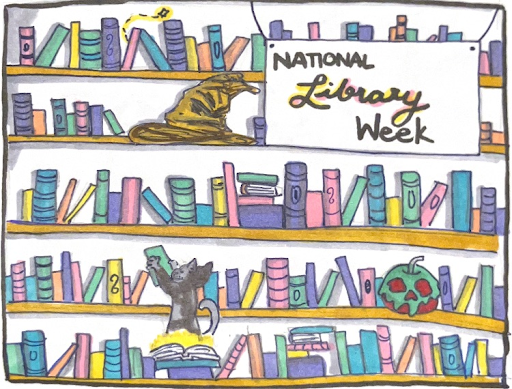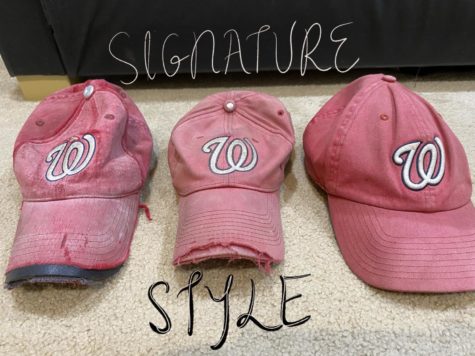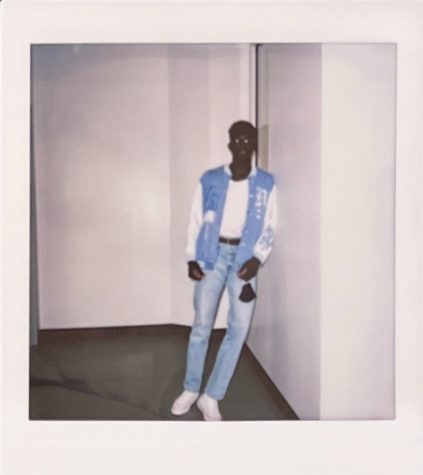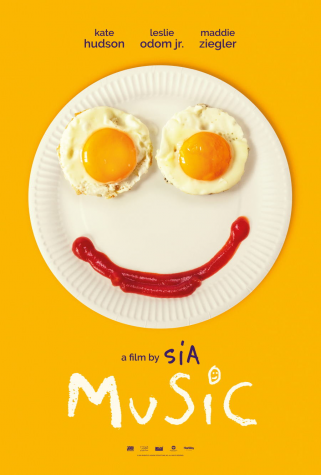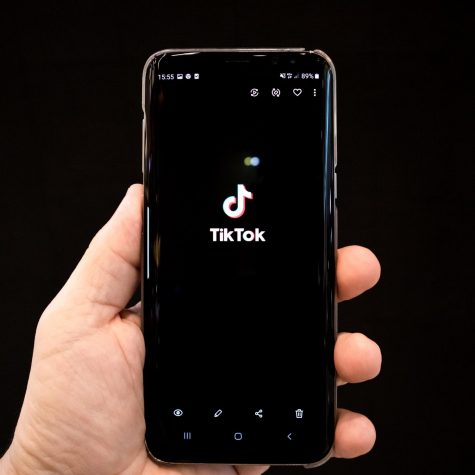Behind the Bling of Netflix’s Bling Empire
Netflix’s Bling Empire became one of Netflix’s top 10 most watched shows following its initial release in January 2021. From a jewelry feud between two heiresses, a Dior shopping spree occurring at an individual’s home, and several lavish parties taking place in mansions valued in the millions, Bling Empire definitely provided the entertainment many viewers found necessary, especially during quarantine. What makes the Netflix reality show particularly stand out is its Asian American centered cast, which often resulted in viewers referring to the show as an “Asian Keeping Up With the Kardashians” or “Real-life Crazy Rich Asians.” In a Page Six Celebrity News Interview with Bling Empire’s Cherie Chan and Jessey Lee, Cherie said that the Asian American centered cast was unique since Asians are very private about their lives in general . However, as an Asian American and viewer of the show myself, I can’t help but ask myself whether this is the reality television show the Asian American community needs to showcase our cultural values and private lives.
My initial thought was that many of the cultural elements of the show were superficial and lacked any meaning. For example, in Episode 1, viewers get insight into Christine’s extravagant Chinese New Year party on Rodeo Drive. Rather than learning about the roots of and importance behind Chinese New Year, viewers only learn that Chinese New Year is an opportunity to receive bulk amounts of money in red envelopes. Similarly in Episode 3, Kim Lee finds something disturbing inside Anna Shay’s house resulting in petty drama between the two cast members. While attempting to settle Kim and Anna’s initial dismay towards one another, Kane Lim steps in and states, “We’re Asians. We don’t fight.” These two examples are just a few of the many scenes that led me to believe that Bling Empire was nothing but a shallow, inaccurate, and meaningless attempt at portraying Asian American culture and lives.
However, later I came to realize that behind the facade of diamonds, mansions, fancy cars, lavish parties, and petty drama, there were certain Asian stereotypes that Bling Empire helped clarify. Observing the relationship between Cherie Chan and Jessey Lee, I noticed that Cherie Chan was a mother of two with no husband. Throughout the show, Cherie is transparent with viewers, informing them of the unwanted stigmas and pressures that come with being an unmarried mother of two. Simultaneously, in the midst of Christine’s lavish life and petty feud with Anna Shay, viewers learn that Christine took the blame for her husband’s fertility issues as a husband’s image is often projected onto the family in Asian culture. Through her one-on-one interviews, Christine opens up about the familial pressures she’s faced over a period of 10 years for not giving birth to a child. Both Cherie’s and Christine’s stories reveal an essential element behind Asian American culture and lives: the pressure to follow tradition.
It was important for me to realize that Bling Empire is not a documentary but a reality television show. Thus, it serves the purpose of entertaining over informing. Despite my initial criticism of the show, I definitely believe that Bling Empire does as much entertaining as it does informing. Therefore, this leads me to conclude that one’s interpretation of the show comes down to what they want to get out of it. If you’re looking for entertainment, your focus will probably be on Anna Shay’s extravagant diamonds, Jaime Xie’s Bottega Veneta crisis, and Kevin Krieder’s attempt to return Dior sneakers. However, if you’re looking to learn more about Asian American lives, you will see beyond the luxury and notice that you are able to resonate with at least one of the cast member’s struggles: parent-child relations, cultural identity, gender inequality, gender stereotypes, familial tradition, among them.
If you choose to watch Bling Empire, do so carefully. You’ll notice that the bling serves as a front, distracting us from the struggles that are hidden behind the dazzle.




